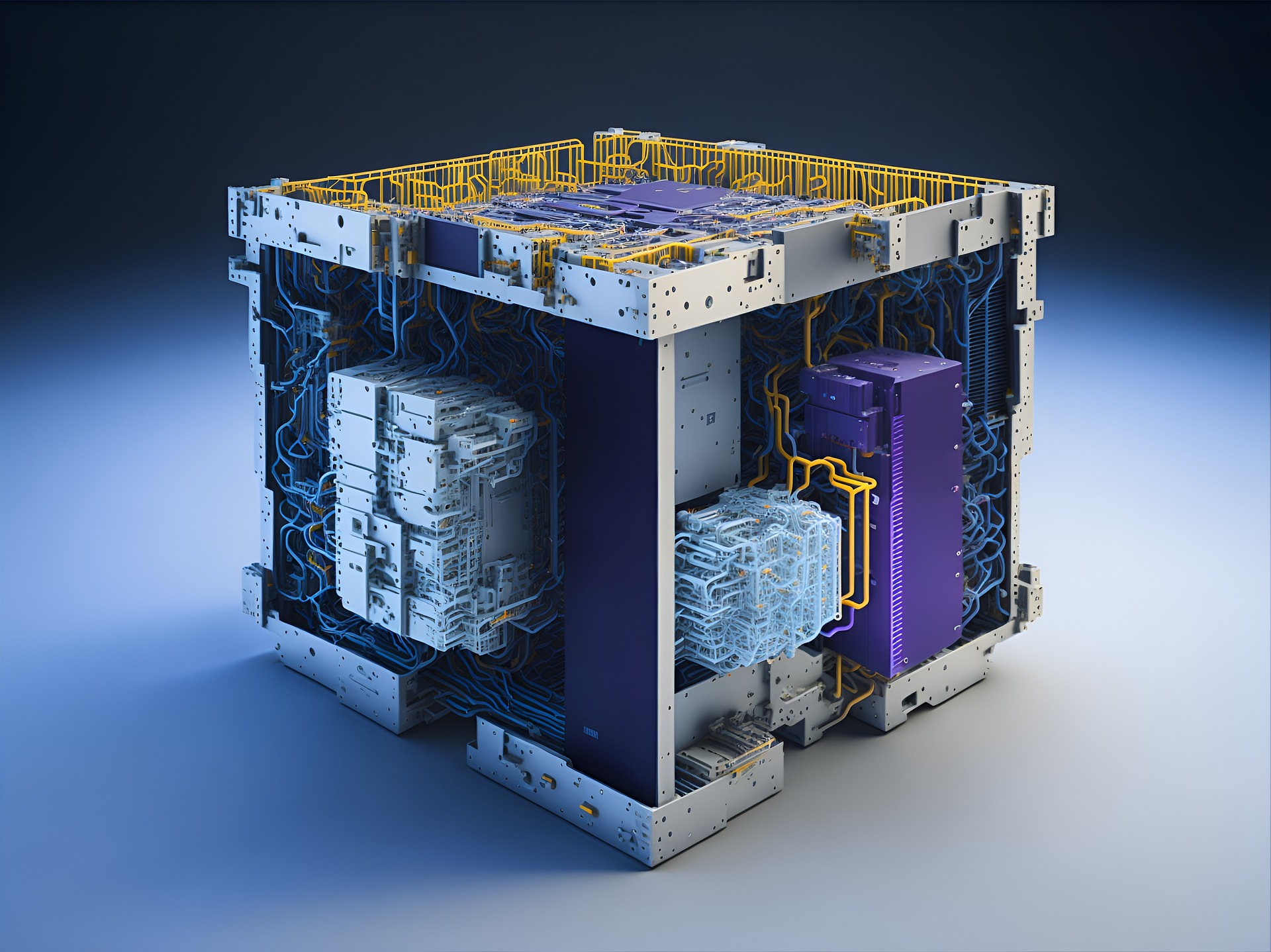“Exploring the Realm of Optical Computing: A Shift Towards Light-Speed Processing”
As we move towards a more digital age, the need for faster and more efficient computing is becoming increasingly crucial. Enter the world of optical computing, a promising field that could revolutionize how we process information. It's not just a theoretical concept; it’s a reality that's slowly taking shape, promising to reshape the future of technology as we know it.

The Early Beginnings: A Glance at the Past
The concept of optical computing isn’t new. The idea of using light instead of electricity for computing has been around since the 1960s. However, until recently, it was largely confined to the realm of theoretical research due to technological limitations. The fundamental idea behind optical computing is to use photons (units of light) instead of electrons for processing information. Photons, unlike electrons, don’t generate heat, move faster, and can pass through each other without interference.
The Quantum Leap: Recent Advancements
The past decade has seen significant advancements in optical computing. In 2020, researchers at EPFL’s School of Basic Sciences made a breakthrough by developing a single device that can act as a computer and a data storage unit. This “lightwave computer” processes information at the speed of light, offering a tantalizing glimpse of what the future of computing could look like. In another development, researchers at the University of Oxford have developed a photonic computer that can solve complex problems faster than current supercomputers.
The Future Vision: Optical Computers and their Potential
The potential of optical computers is vast. They promise to be faster, more energy-efficient, and less heat-generating than conventional computers. Optical computers could deliver processing speeds a million times faster than current electronic systems. This could revolutionize fields that demand high-speed data processing, like artificial intelligence, climate modeling, drug discovery, and more.
The Cost Factor: Affordability and Market Impact
The transition to optical computing won’t come cheap. The technology is still in its early stages, and the cost of research and development is high. However, as the technology matures, we can expect the prices to come down, much like what happened with the advent of digital computers. The market impact of optical computing will be significant, potentially reshaping the entire tech industry.
The Final Verdict: The Dawn of a New Era
While we are still years away from seeing optical computers on our desks, the progress in this field is promising. The challenges are many, from finding suitable materials to building functional devices. But the potential rewards are so enormous that the scientific community is investing heavily in overcoming these hurdles. The journey towards light-speed processing has begun, and it’s only a matter of time before we see the dawn of a new era in computing.




